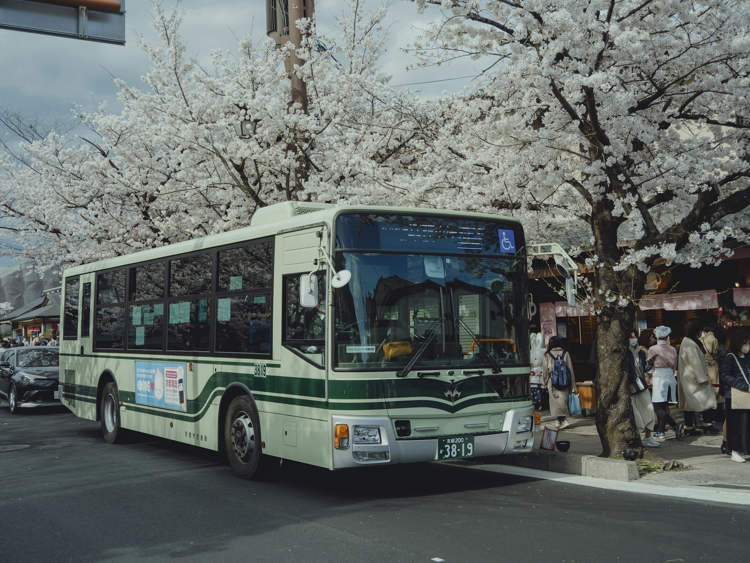The Creation Museum, located in Portland, Kentucky, is a $27million museum dedicated to the Creationist theory. Creationism, which opposes the concept of evolution, is based on the Christian Genesis story that God created heaven and earth. Spectacular multimedia displays that use Hollywood technology depict the story of Genesis at the Creation Museum. Tens of thousands of people from all over the US pay regular visits to the place dedicated to God and how he created our world. One visitor proclaims, “I finally realized today that God made time. He made the dates, He made the 24 hours, He gave this to us.”
According to the Creationist theory, the world has not been evolving for millions of years (as stated by the theory of evolution), but was created only 6,000 years ago. Calling scientific experiments and proofs as ‘based on a ton of assumptions’, the videos played at the museum’s auditorium state that it is better to “start with the word of someone who has seen everything from the beginning and told us exactly what happened.” That someone, they say, is God. Some of the other attractions at the museum include life-size models of Noah and his Ark, Adam, Eve, and other characters from the Bible. Also on display are a few fragments of Torah scrolls that were supposedly saved from the clutches of Saddam, in Iraq.



















